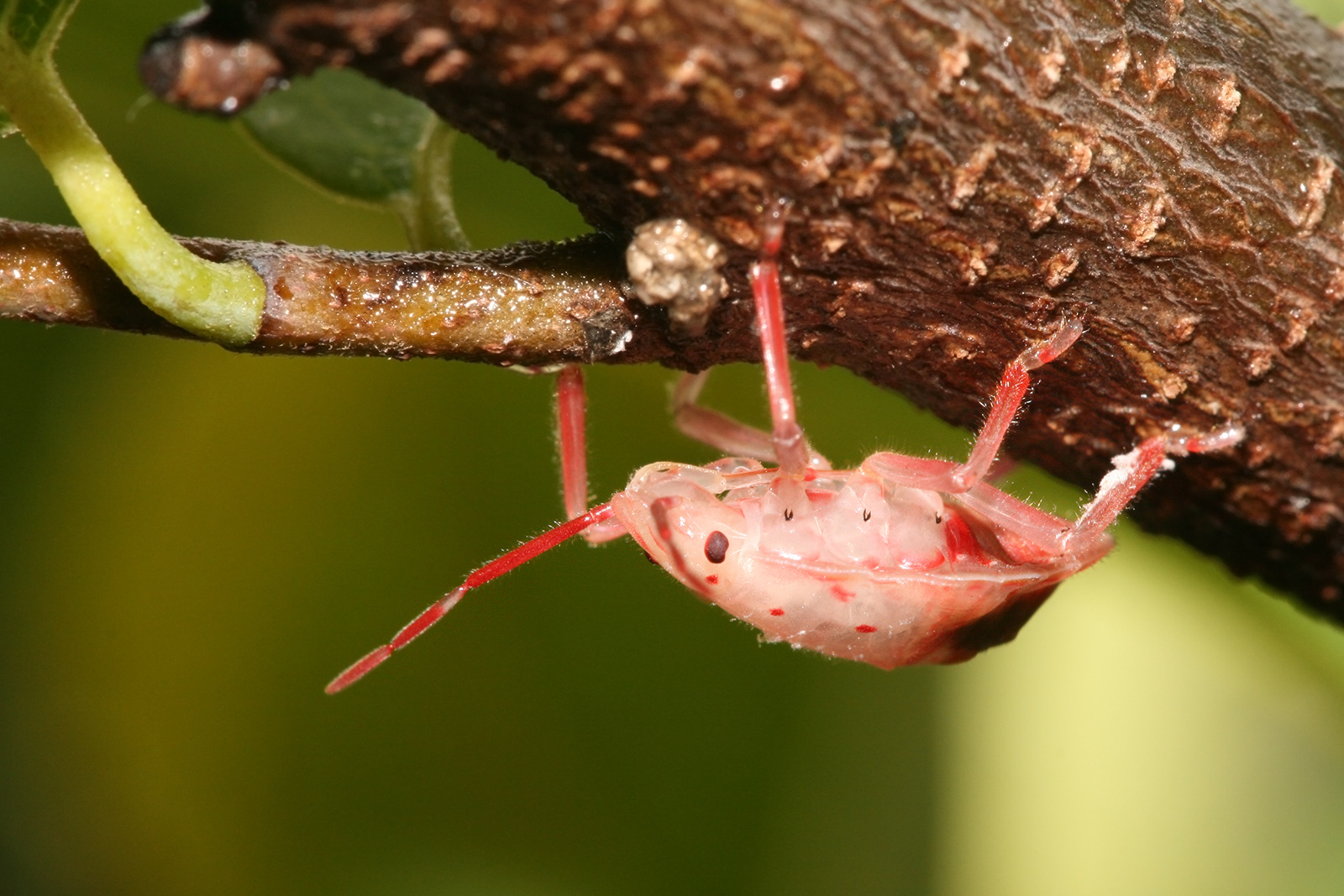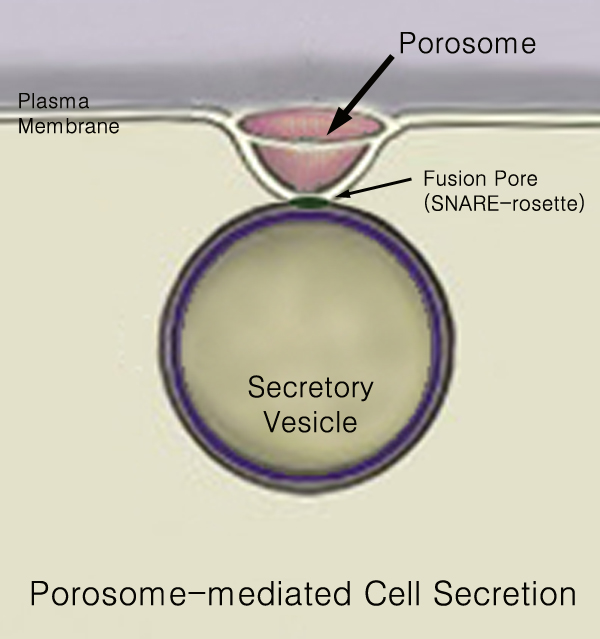|
Pseudatelus
''Pseudatelus'' is a genus of shield bugs of the family Pentatomidae. Currently placed in the tribe Halyini, McPherson's overview of the Pentatomoidea suggested it may be better placed into the Memmiini. Description ''Pseudatelus'' bugs range from depending on the species. The bugs have a typical shield shape body. They are usually from brown to dark brown in colour, with triangular-shaped scutellum. On female ''Pseudatelus'' bugs, the abdominal venter is almost entirely covered by a large, hair-covered opaque area. The long hairs on these areas may accumulate a waxy secretion 440px Secretion is the movement of material from one point to another, such as a secreted chemical substance from a cell or gland. In contrast, excretion is the removal of certain substances or waste products from a cell or organism. The classical .... Species The genus contains the following species: *''Pseudatelus latus'' *''Pseudatelus limatus'' *''Pseudatelus obscurus'' *''Pseudatelus spin ... [...More Info...] [...Related Items...] OR: [Wikipedia] [Google] [Baidu] |
Halyini Nymph
Halyini is a tribe of stink bugs in the family Pentatomidae. The tribe has been described as a " dumping ground" for numerous genera, many of which have been removed to other tribes. Databases like BugGuide, Integrated Taxonomic Information System, and Encyclopedia of Life record one genus and at least 20 described species in Halyini. More recent revisions such as that presented in ''Invasive Stink Bugs and Related Species (Pentatomoidea)'' (2018), indicate multiple genera in Halyini. Genera The following genera are included within Halyini, as of the 2018 revision presented by McPherson: * '' Agaeus'' * ''Anchises'' * ''Apodiphus'' * '' Atelocera'' * '' Auxentius'' * '' Babylas'' * '' Brizica'' * ''Brochymena'' * '' Cahara'' * '' Carenoplistus'' * '' Ectenus'' * '' Elemana'' * '' Epitoxicorus'' * ''Eurus'' * '' Faizuda'' * '' Goilalaka'' * '' Halys'' * '' Jugalpada'' * '' Mimikana'' * '' Parabrochymena'' * '' Paranevisanus'' * '' Phricodus'' * '' Platycoris'' * '' Po ... [...More Info...] [...Related Items...] OR: [Wikipedia] [Google] [Baidu] |
Halyini
Halyini is a tribe of stink bugs in the family Pentatomidae. The tribe has been described as a " dumping ground" for numerous genera, many of which have been removed to other tribes. Databases like BugGuide, Integrated Taxonomic Information System, and Encyclopedia of Life record one genus and at least 20 described species in Halyini. More recent revisions such as that presented in ''Invasive Stink Bugs and Related Species (Pentatomoidea)'' (2018), indicate multiple genera in Halyini. Genera The following genera are included within Halyini, as of the 2018 revision presented by McPherson: * '' Agaeus'' * ''Anchises'' * '' Apodiphus'' * '' Atelocera'' * '' Auxentius'' * '' Babylas'' * '' Brizica'' * ''Brochymena'' * '' Cahara'' * '' Carenoplistus'' * '' Ectenus'' * '' Elemana'' * '' Epitoxicorus'' * '' Eurus'' * '' Faizuda'' * '' Goilalaka'' * '' Halys'' * '' Jugalpada'' * '' Mimikana'' * '' Parabrochymena'' * '' Paranevisanus'' * '' Phricodus'' * '' Platycoris'' * ... [...More Info...] [...Related Items...] OR: [Wikipedia] [Google] [Baidu] |
Shield Bug
The Pentatomoidea are a superfamily of insects in the Heteroptera suborder of the Hemiptera order. As Hemiptera, they share a common arrangement of sucking mouthparts. The roughly 7000 species under Pentatomoidea are divided into 21 families (16 extant and 5 extinct). Among these are the stink bugs and shield bugs, jewel bugs, giant shield bugs, and burrower bugs. Description The Pentatomoidea are characterised by a well-developed scutellum (the hardened extension of the thorax over the abdomen). It can be triangular to semielliptical in shape. The antennae typically have five segments. The tarsi usually have two or three segments. Shield bugs have prothoracic glands (in their thoraces, between the first and second pair of legs) that produce a foul-smelling liquid, which is used defensively to deter potential predators and is sometimes released when the bugs are handled. These prothoracic glands are also present in the nymphs, which are similar to adults except smal ... [...More Info...] [...Related Items...] OR: [Wikipedia] [Google] [Baidu] |
Pentatomidae
Pentatomidae is a family of insects belonging to the order Hemiptera, generally called shield bugs or stink bugs. Pentatomidae is the largest family in the superfamily Pentatomoidea, and contains around 900 genera and over 4700 species.Robert G. Foottit, Peter H. Adler ''Insect Biodiversity: Science and Society'', John Wiley and Sons, 2009, As hemipterans, the pentatomids have piercing sucking mouthparts, and most are phytophagous, including several species which are severe pests on agricultural crops. However, some species, particularly in the subfamily Asopinae, are predatory and may be considered beneficial. Etymology The name "Pentatomidae" is from the Greek ''pente'' meaning "five" and ''tomos'' meaning "section", and refers to the five segments of their antennae. Pentatomids are generally called "shield bugs" in British English, or "stink bugs" in American English. However, the term shield bugs is also applied broadly to include several related families (e.g. Acant ... [...More Info...] [...Related Items...] OR: [Wikipedia] [Google] [Baidu] |
Tribe (biology)
In biology, a tribe is a taxonomic rank above genus, but below family (biology), family and subfamily. It is sometimes subdivided into subtribes. By convention, all taxonomic ranks from genus upwards are capitalized, including both tribe and subtribe. In zoology, the standard ending for the name of a zoological tribe is "-ini". Examples include the tribes Goat-antelope#Tribe Caprini, Caprini (goat-antelopes), Hominini (hominins), Bombini (bumblebees), and Thunnini (tunas). The tribe Hominini is divided into subtribes by some scientists; subtribe Hominina then comprises "humans". The standard ending for the name of a zoological subtribe is "-ina". In botany, the standard ending for the name of a botanical tribe is "-eae". Examples include the tribes Acalypheae and Scilloideae#Hyacintheae, Hyacintheae. The tribe Hyacintheae is divided into subtribes, including the subtribe Massoniinae. The standard ending for the name of a botanical subtribe is "-inae". In bacteriology, the form ... [...More Info...] [...Related Items...] OR: [Wikipedia] [Google] [Baidu] |
Scutellum (insect)
The scutellum is the posterior portion of either the mesonotum or the metanotum of an insect thorax; however, it is used almost exclusively in the former context, as the metanotum is rather reduced in most insect groups. In the Hemiptera, and some Coleoptera, the scutellum is a small triangular plate behind the pronotum The prothorax is the foremost of the three segments in the thorax of an insect, and bears the first pair of legs. Its principal sclerites (exoskeletal plates) are the pronotum ( dorsal), the prosternum ( ventral), and the propleuron ( lateral) o ... and between the forewing bases. In Diptera and Hymenoptera the scutellum is nearly always distinct, but much smaller than (and immediately posterior to) the mesoscutum. File:Heteroptera morphology-d.svg, 26 = Heteroptera scutellum File:Housefly anatomy-key.svg, 6 = Diptera scutellum File:Coléoptère schématique.jpg, 9 = Coleoptera scutellum File:Scheme ant worker anatomy-numbered.svg, 10 = Formicidae scutell ... [...More Info...] [...Related Items...] OR: [Wikipedia] [Google] [Baidu] |
Secretion
440px Secretion is the movement of material from one point to another, such as a secreted chemical substance from a cell or gland. In contrast, excretion is the removal of certain substances or waste products from a cell or organism. The classical mechanism of cell secretion is via secretory portals at the plasma membrane called porosomes. Porosomes are permanent cup-shaped lipoprotein structures embedded in the cell membrane, where secretory vesicles transiently dock and fuse to release intra-vesicular contents from the cell. Secretion in bacterial species means the transport or translocation of effector molecules for example: proteins, enzymes or toxins (such as cholera toxin in pathogenic bacteria e.g. '' Vibrio cholerae'') from across the interior (cytoplasm or cytosol) of a bacterial cell to its exterior. Secretion is a very important mechanism in bacterial functioning and operation in their natural surrounding environment for adaptation and survival. In eukaryotic ... [...More Info...] [...Related Items...] OR: [Wikipedia] [Google] [Baidu] |
Pentatomidae Genera
Pentatomidae is a family of insects belonging to the order Hemiptera, generally called shield bugs or stink bugs. Pentatomidae is the largest family in the superfamily Pentatomoidea, and contains around 900 genera and over 4700 species.Robert G. Foottit, Peter H. Adler ''Insect Biodiversity: Science and Society'', John Wiley and Sons, 2009, As hemipterans, the pentatomids have piercing sucking mouthparts, and most are phytophagous, including several species which are severe pests on agricultural crops. However, some species, particularly in the subfamily Asopinae, are predatory and may be considered beneficial. Etymology The name "Pentatomidae" is from the Greek ''pente'' meaning "five" and ''tomos'' meaning "section", and refers to the five segments of their antennae. Pentatomids are generally called "shield bugs" in British English, or "stink bugs" in American English. However, the term shield bugs is also applied broadly to include several related families (e.g. Acant ... [...More Info...] [...Related Items...] OR: [Wikipedia] [Google] [Baidu] |



